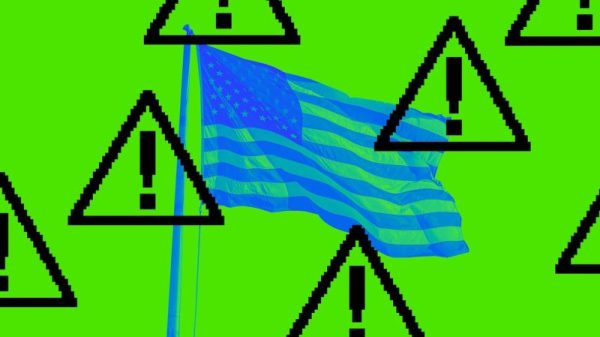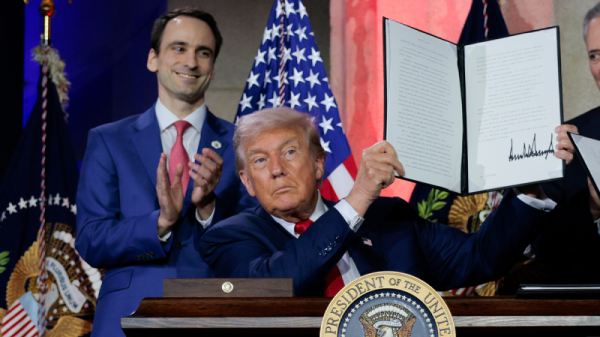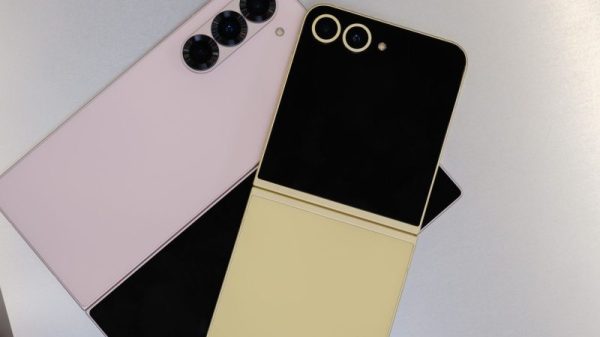In recent years, the issue of space junk has garnered increased attention as more satellites and objects are launched into orbit around the Earth. With the growing number of satellites, rocket stages, and other debris in space, the risk of collisions and potential damage to valuable space infrastructure has become a pressing concern for space agencies and private companies alike.
Space junk, also known as orbital debris, consists of defunct satellites, spent rocket stages, fragments from previous collisions, and other man-made objects that are no longer operational. These objects orbit the Earth at high speeds, posing a hazard to active satellites and crewed spacecraft in low Earth orbit.
One of the primary challenges in dealing with space junk is tracking and monitoring the vast array of objects in orbit. Space agencies around the world use radar and other tracking systems to keep tabs on the positions of known objects and predict potential collisions. However, the sheer number of objects in space, combined with their unpredictable trajectories, makes this task daunting.
To address the problem of space junk, various methods have been proposed, ranging from active debris removal to enhancing satellite designs to minimize debris generation. Some companies are developing technologies to capture and deorbit defunct satellites and other large objects, while others are exploring the use of drag sails or other mechanisms to hasten the natural decay of smaller debris.
In addition to the technical challenges of dealing with space junk, there are also legal and regulatory issues to consider. The question of liability for collisions in space, as well as the responsibility for cleaning up debris, remains a subject of ongoing debate among spacefaring nations and organizations.
Despite the complexities involved, efforts to address the issue of space junk are essential to ensuring the long-term sustainability of space activities. By developing effective tracking systems, implementing debris mitigation measures, and pursuing active debris removal technologies, stakeholders in the space industry can work together to mitigate the risks posed by orbital debris and preserve the space environment for future generations.
In conclusion, space junk presents a significant challenge for the space industry, with potentially far-reaching implications for space exploration and satellite operations. By raising awareness of the issue, investing in technology development, and fostering international cooperation, we can take the necessary steps to manage and mitigate the risks posed by space debris and secure a sustainable future for space activities.


































